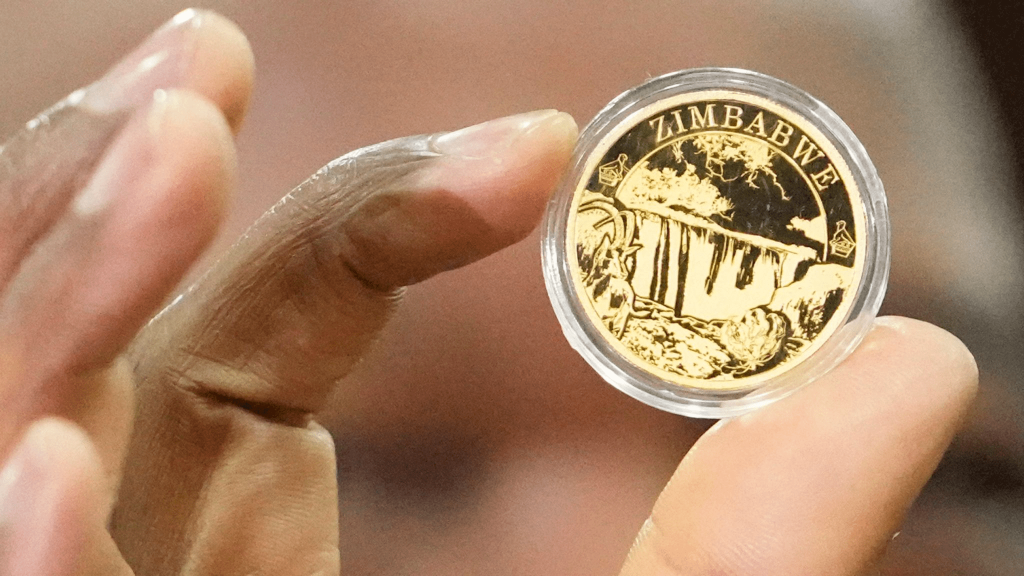The Reserve Bank of Zimbabwe‘s reliance on increased gold output to support the new gold-backed Zimbabwe Gold (ZiG) currency is being undermined by significant gold leakages, which has resulted in a 1.9% decrease in gold production in the first quarter of 2024.
This dip in gold output has sparked fears that the fragile ZiG currency, resurrected from the defunct Zimdollar – demonetised after being rendered worthless by inflation – could be seriously threatened.
To address the rising mineral leakages, the Ministry of Mines and Mining Development has dispatched 15 teams across nine mining provinces for this year’s first-quarter gold mobilisation exercise.
Speaking at the launch of the 2024 first-quarter gold mobilisation, Mines and Mining Development Minister Winston Chitando assured continued government support for small-scale miners through various initiatives aimed at boosting production, including the establishment of gold service centres, the first of which is operational in Makaha, Mashonaland East.
“For 2024 from January to April, the gold deliveries to FGR (Fidelity Gold Refineries) sit at 8,4 tonnes against a target of 40 tonnes by the end of the year.
“In 2023 for the months of January to April a total of 8,57 tonnes were delivered, this represent a 1,9% decrease,” said Chitando whose job and his deputy Polite Kambamura’s will be on the line should they fail to provide enough minerals to back the ZiG currency.
“The Ministry of Mines and Mining Development has employed a number of strategies to capacitate the small-scale miners to enhance their production. The strategies include establishment of gold service centres and the first site which is in Makaha, Mashonaland East province is now complete.
“Mineral leakages deprive the government of much-needed revenue from taxes and royalties. By working together, we can ensure that every ounce of gold extracted within our borders contributes to the national good,” Chitando said.
In the first four months of 2024, large-scale miners delivered 4.3 tonnes of gold to FGR, compared to 3.4 tonnes in the same period of 2023, a 26% increase.
However, gold delivery from small-scale miners, who are the primary contributors to the country’s gold output, has plummeted by 23% in the first quarter.
“This is a result of expansion projects and use of technology (bioleaching) to extract gold by the large-scale miners,” explained Chitando.
“For small-scale miners, the gold deliveries to FGR have decreased from 5,2 tonnes in 2023 to four tonnes in 2024, a 23% decrease. The small-scale miners have contributed 48% of the gold delivered to FGR for the year 2024 as compared to 60% contribution for the previous year, 2023.
“Over the years since 2020, small-scale miners have been the major contributors to gold deliveries to FGR contributing more than 60%. However, for the year 2024, the contribution by small-scale miners is ranging between 42% and 53% which calls for investigations into the decline in gold deliveries,” Chitando concluded.

